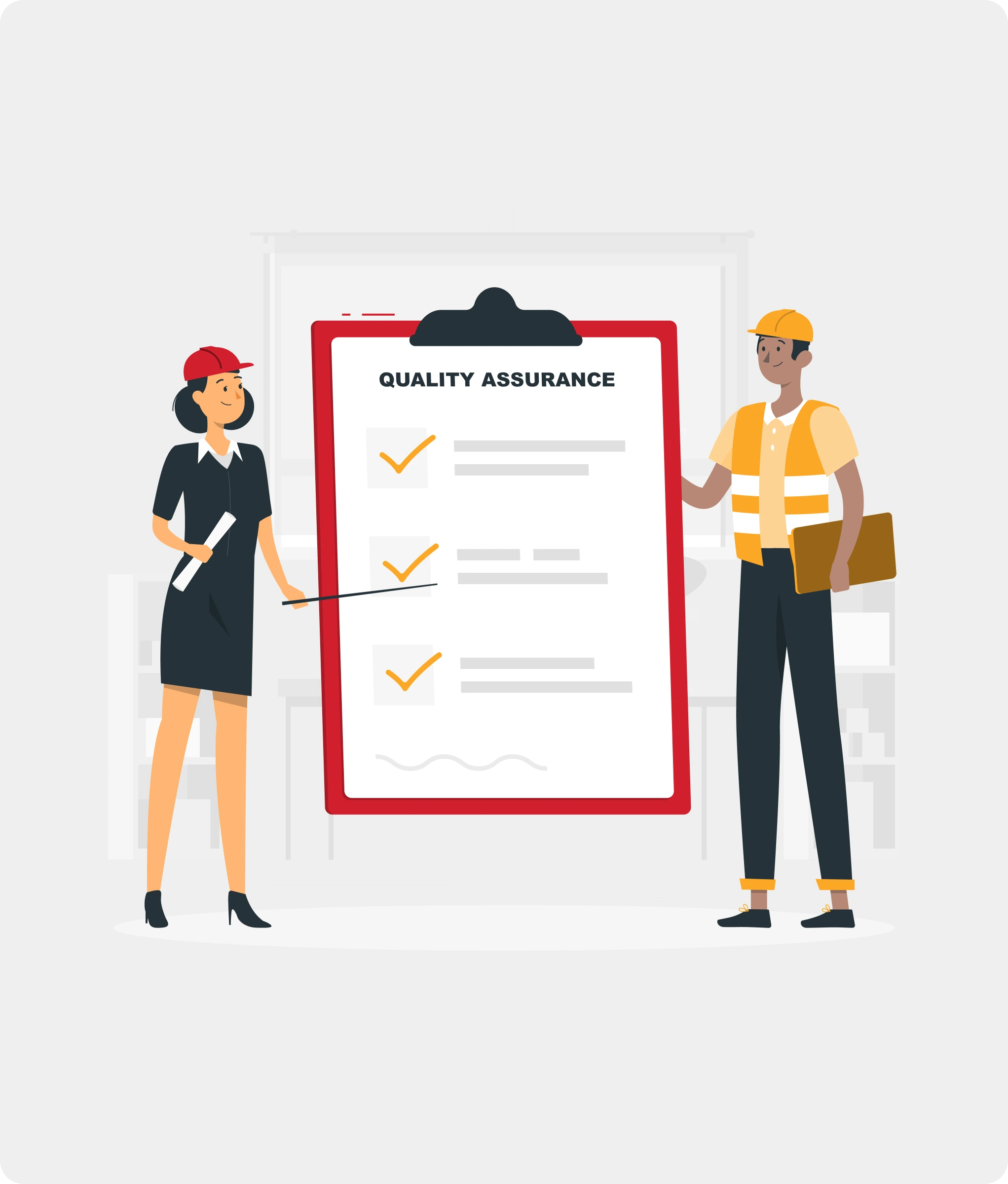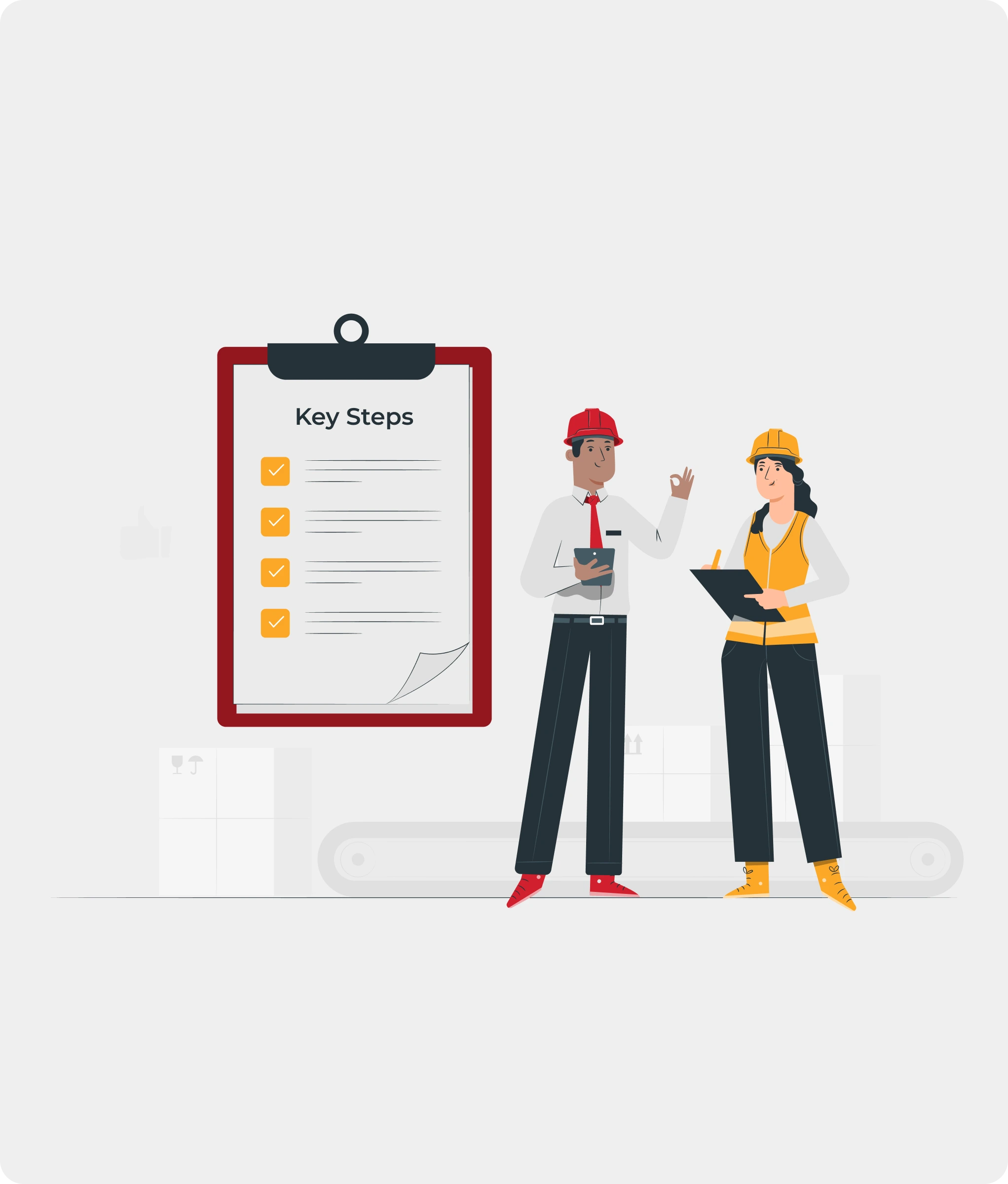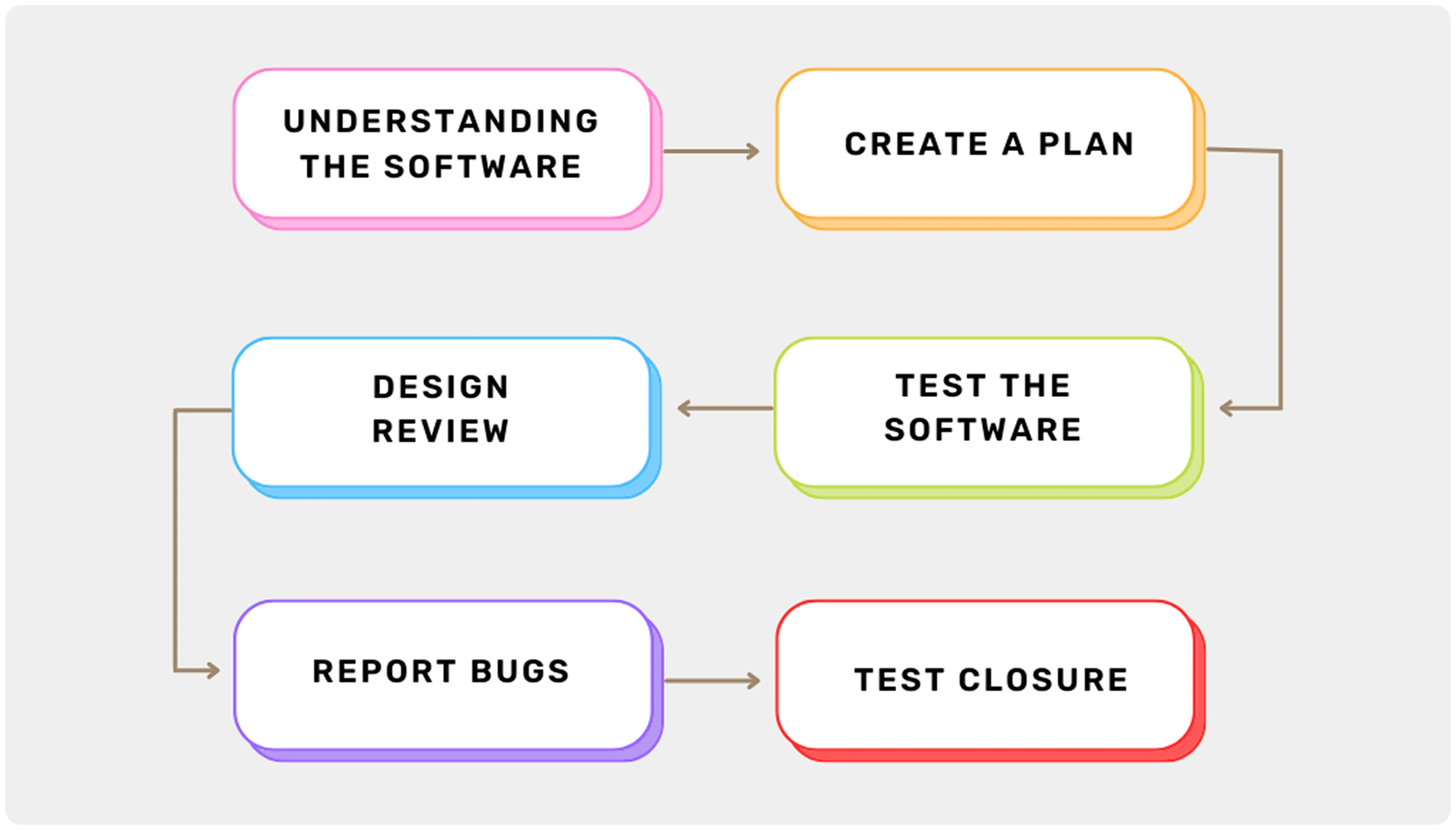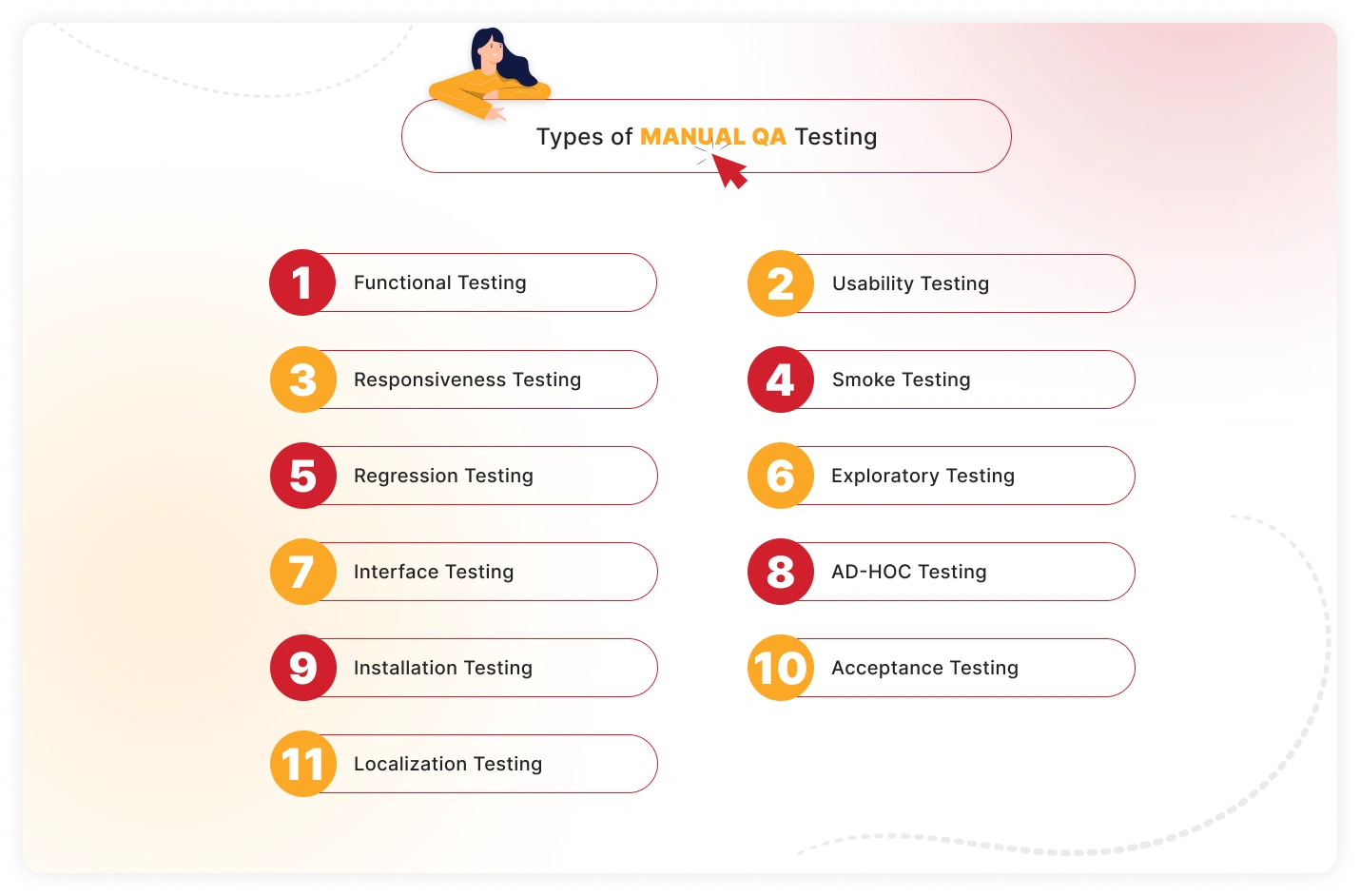Manual QA
Manual QA (Quality Assurance) refers to a process of manually testing the software application to identify bugs and issues. In this type of software testing, a QA tester checks the software step-by-step without using automated tools.
While automated testing is more popular and faster than manual testing, it is not always effective in detecting all the issues. Manual testing enables a thorough examination of the software, helping uncover critical faults and ensuring the product meets the requirements before being released into production.
Why Manual QA Matters
Manual QA is important because it helps:
- Find small problems that machines might miss.
- Ensure the application functions correctly according to specified requirements.
- Make sure the software is user-friendly and looks appealing.
- Deliver bug-free software to the user.
- Test new software before its final release.

Overview
At our company, we make sure the software works by following a few key steps:
- Planning: We read all the instructions to understand how the software should work.
- Testing: Our team uses the software to check for bugs and technical problems.
- Reporting: If we find any bugs, we let the developers know so they can fix them.

Our Manual Testing Process
Here’s how we do our testing:
- Understand the Software: Before testing begins, we make sure we fully understand how the software is supposed to work. This includes reviewing user stories, design documents, and functional specifications to ensure we’re aligned with the business requirements.
- Create a Plan: We define the scope of testing, identify the resources needed, and set clear objectives. A well-structured plan ensures that we test the right areas and communicate clearly with the development team.
- Design Review: Before formally beginning the testing process, we review the software design to ensure everything is aligned with the project requirements. In this step, we identify any inconsistencies, missing features, or unclear specifications to reduce the risk of bugs later in the process.
- Test the Software: This is where the real action happens. We manually execute the test cases that were created during the planning stage. Testers perform a variety of tests to ensure that the software behaves as expected. We interact with the software just like an end user would, carefully testing features and tracking any unexpected behavior or bugs.
-
Report Bugs: We believe that effective bug reporting is key to a smooth development process.
Whenever we find a bug or an issue, we document it clearly. Our bug reports include the following
details:
- How to reproduce the issue
- Description of what went wrong
- Supporting evidence like screenshots or logs
-
Test closure: After all testing activities are completed, we move to the closure phase. This
involves reviewing all test results and summarizing the findings.
The final test report includes:
- Testing activities
- Issues discovered
- Overall software quality
- Feedback
Test closure ensures that the testing effort is formally completed and provides valuable insights for ongoing quality assurance.

Our Projects
We’ve worked on different types of software, including websites, apps, and games. Here are a few examples:
- Project 1: We tested a mobile app and found bugs that were fixed before the app launched.
- Project 2: We helped a game run smoothly by finding problems that could cause crashes.
- Project 3: We tested an e-commerce website and made sure all buttons and links worked perfectly.










